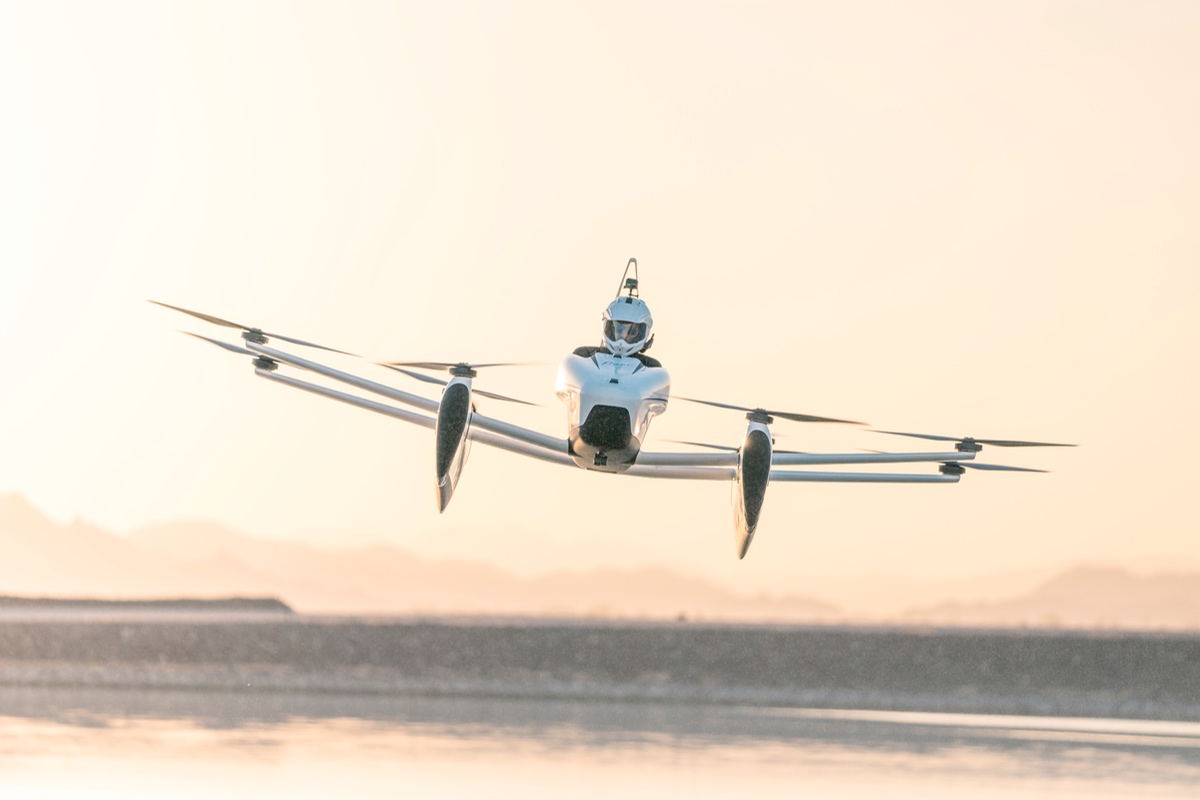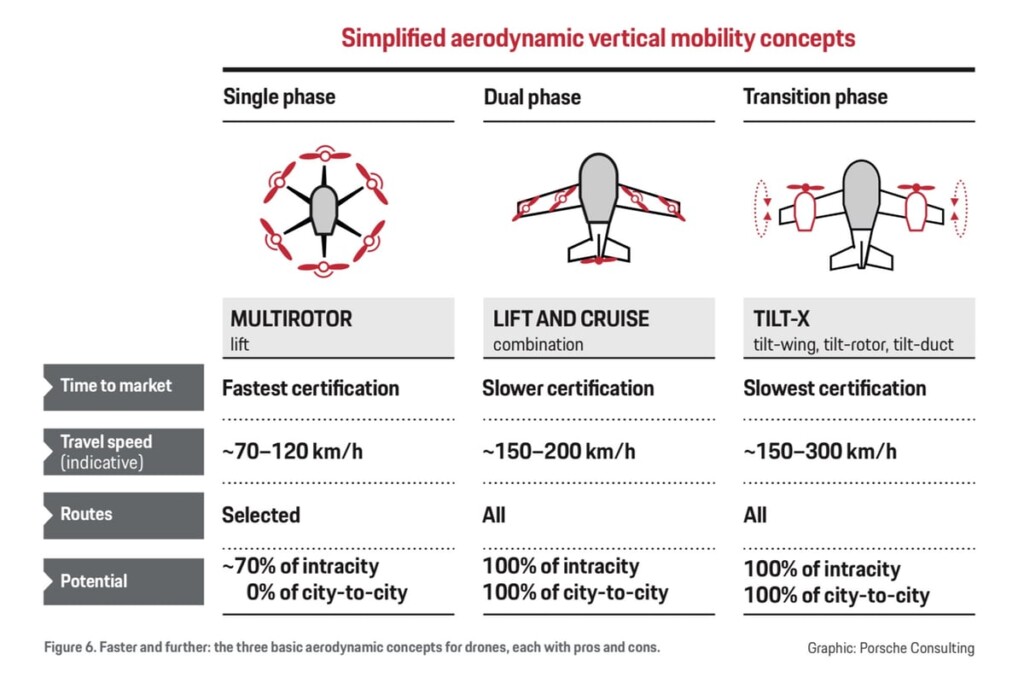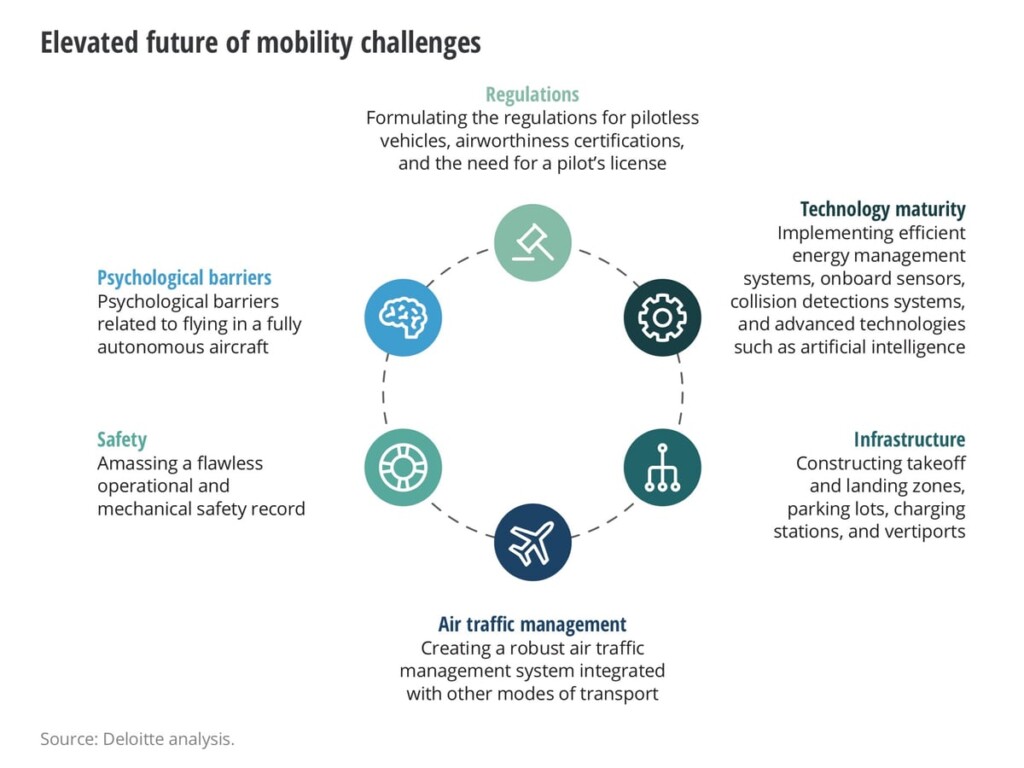
Air Taxis: “Our Goal Is To Free the World From Traffic”
Self-driving car pioneer and Kitty Hawk CEO Sebastian Thrun predicts that autonomous air taxis will revolutionize the way we live, commute and travel…
Passenger drones and flying cars promise to revolutionize mobility – yet again. Powered by an electric engine, these mini planes can take off and land like a helicopter but are much more quiet. And so energy efficient they’re even able to compete with electric cars. How soon will this future arrive?
Kitty Hawk is one of the most prominent startups in this new industry: Backed by Google co-founder Larry Page, the Californian company is headed by Sebastian Thrun, a Stanford AI expert, pioneer of self-driving cars and founder of online university Udacity, which he launched at DLD in 2012. Ahead of DLD20 we spoke with Thrun about the new age of aviation, some 115 years after the Wright brothers built the first practical airplane.
Sebastian Thrun
is an inventor, entrepreneur, and educator. A former Stanford AI professor, Thrun created Google’s moonshot factory Google X. He went on to found Udacity, the world’s leading online educational institution in technology, which he launched at DLD Munich in 2012. He is now the CEO of the Kitty Hawk Corporation, which is developing electric “flying cars.”
Speaker Profile
What’s the big promise of these new, electric flying vehicles?
Our goal is to free the world from traffic, once and forever. I firmly believe we can build a totally new, urban transportation system that is roughly five to ten times as efficient as cars, at least ten times as safe, and also cost-competitive.
That sounds very ambitious.
The vehicles that Kitty Hawk has invented can lift you up vertically into the air like a helicopter, and then take you in a straight line to where you want to go, at a demonstrated speed of 300 kilometers per hour. Our most advanced aircraft, called Heaviside, requires about the same energy per mile as a Tesla but it flies about three times as fast. And the sky is incredibly large, of course. There’s much more space than on the ground, so we hope you won’t be sitting in traffic, wasting time and energy.
Still, people may worry about falling from the sky when technology fails. What makes flying safer than driving?
Almost anything that you can collide with is on the ground. Bicycles, other cars, trees, buildings. There are few obstacles above the buildings. That alone makes flying principally safer. In addition, our Kitty Hawk vehicles are equipped with ballistic parachutes. So if something really bad were to happen you would fall from the sky very slowly.

A prototype of Kitty Hawk’s Heaviside passenger drone flying over the hills of California. (Image: Kitty Hawk.)
When you have a lot of vehicles suddenly flying around, especially over cities, how do you coordinate the traffic?
We will control the airspace in a similar way it is controlled today. When you fly a commercial jet, air traffic control separates planes in the air so that no two planes are in the same segment at the same time. Similarly, each air taxi will get its own, separate air space.
Assigned by human controllers working around the clock?
No. It has to be done automatically because no human air traffic controller can coordinate 10,000 planes at the same time.

Sebastian Thrun
CEO, Kitty Hawk
“The 2020s will be remembered as the decade when drones and flying cars came into our cities.”
Are we there yet technologically?
Companies like Google and Amazon have developed unmanned transportation management systems, or UTMs for short, that have the capacity to do this. But they have not been rolled out by authorities yet.
How soon do you expect that to happen?
I think we’ll see massive changes in the next ten years. The 2020s will be remembered as the decade when drones and flying cars came into our cities – just like the 1920s are remembered as the decade when the car conquered the world.

Depelopers of passenger drones are experimenting with different concepts. Porsche Consulting compared them in its study The Future of Vertical Mobility (PDF).
Kitty Hawk is one of many companies pursuing a vision of small, electric planes for personal use. Why do we see this proliferation of projects right now?
The key innovation has been the advent of high-performance batteries that deliver enough energy to make this concept feasible. You can fly over 100 km on a single charge, and you can do this for just pennies in energy costs. Second, you can now create distributed propulsion system, using many rotors for a single vehicle. That means it’s not a big deal if one of them fails. And thirdly, electric motors are very, very quiet. So you can fly over cities and no one can hear you. This all is very different from helicopters.
In terms of noise, how does a Kitty Hawk vehicle compare to an electric car or a vacuum cleaner?
First of all, you’re further away from it, of course. At a distance of 500 meters the sound is below 38 decibles. That might feel like a cryptic number but it means it’s almost as quiet as sitting in a library. So you will not hear Heaviside flying over you if you’re inside your house.

Future of Flight
By loading the video you agree to the privacy policy of YouTube.
You are currently viewing a placeholder content from YouTube. To access the actual content, click the button below. Please note that doing so will share data with third-party providers.
More InformationWhen it comes to flying, many people are very concerned about climate change. Even electric aviation requires a lot of energy. How do you address these concerns?
With basic math: Our vehicles use about 10 percent of the energy for lift and staying in the air. The other 90 percent are used for the forward motion (or “drag“), which is equally required on the ground. And because you cut the distance of travel by about 15 percent by going on a straight line, our vehicles are more energy-efficient than cars.
What is it that Kitty Hawk does differently from other startups in this field, like Volocopter and Lilium, for example?
I think all of us are exploring different types of vehicles with the same goal: to create electric air taxi systems. The hope is to democratize this technology for urban transportation, in order to make it accessible to everyone.
Won’t these vehicles be far too expensive for most people?
In urban transportation today we all use cars, and there are two models of using them: One is ownership, the other is sharing. Sharing means taxis, rental cars or services like Uber, Lyft and Didi. I am a firm believer that the sharing model is better because we utilize our cars much more than if we own them. Owned cars are parked 95 percent of the time, which I consider a big waste. As we go into the new electric flight era people will fly to and from work, and I believe the onus is on us to make it so that multiple people can use the same aircraft – because otherwise it might just become a toy for rich people.
So your vision is to have shared air taxis that zip around, taking us on-demand to where we want to go?
Yes, and mostly we will transport one or two passengers at the time. Because if you think about it: When you currently take a taxi, almost all the time you are the sole passenger. A taxi is a shared car. But it’s expensive, and the majority of the cost is in paying the driver. The moment you take the driver out of the equation small vehicles win over buses and other big vehicles for a commute.
At Kitty Hawk, we have a two-seater and a one-seater. And our vehicles already fly 100 percent autonomously. Which means that from a technical perspective we have the capability to fly you from any location to another without even having a pilot onboard.
What impact will this new form of transportation have on our daily lives?
First of all it will make transportation safer. Worldwide we lose more than one million people to traffic accidents each year. We will also get back our time. The average German spends about 300 hours per year in commute traffic. We can cut this down to 30 to 50 hours.

In its study Change Is in the Air, consulting firm Deloitte identifies a number of challenges for air taxis before they can enter service on a daily basis.
Could air taxis also help reconnect rural areas that currently feel left behind?
I believe so. With this new mode of transportation we can bridge much further distances than with cars – and that means people can live further away. We’re going to change the way commutes work. People could live in small villages and still be able to reach the office in a reasonable amount of time. If you take a historic view, look at what automobiles did to urban landscapes. The car already increased our ability to go from home to work by a factor of ten. And now we’re going to increase this again by another factor of maybe ten. That means we’re fundamentally changing how people interact with other people, and where these people live.
With Kitty Hawk, what are you adding that helps to address a big issue for society?
Transportation has been a fundamental enabler throughout the history of humanity. And the car was, in my opinion, one of the most significant inventions of the 20th century. By moving away from the ground and into the air we’re going to see a similar revolution as the one we had when we moved from the horse to the car. And I believe it’s going to affect all aspects of human life. I have no doubt that when this technology is available for everybody, people will adopt it and love it, because it’s so much more practical, and so much more safe.

